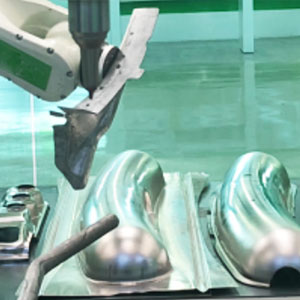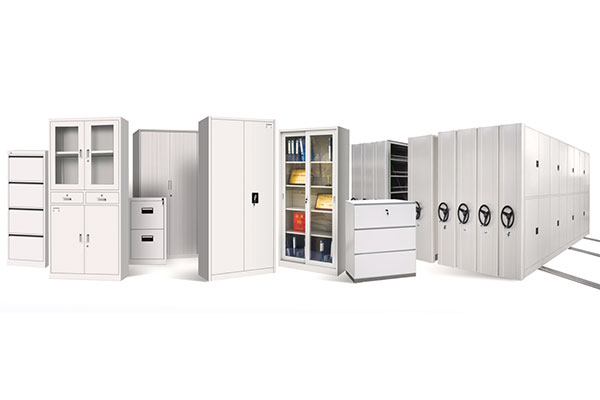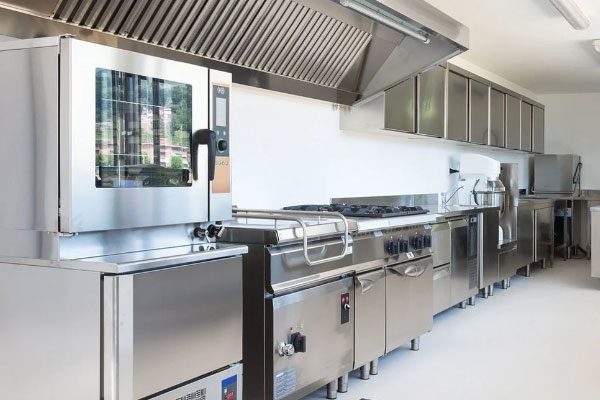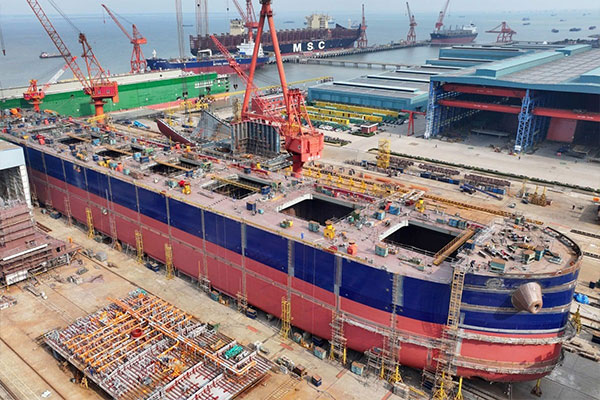
Product Name: 3D Robot Fiber Laser Cutting Machine
Model: PR-RLC250/500/1500/2000/3000/4000/6000/12000
Laser Power: 250w-12000w
Application: High-end field, disruptive innovation, Suitable for automotive thermal forming parts, 3D metal forming parts, curved parts and special-shaped tubes.
Product Specification
| Model No. | PR-RLC250/500/1500/2000/3000/4000/6000/12000 |
| Laser Type | Fiber Laser / CO2 RF Laser |
| Laser Power | 250w-12000w |
| Repeated positioning accuracy | ±0.05mm/m (VDI/DGQ 3441) |
| Mechanical arm span | ≤2010mm |
| Axis 1 | 160° |
| Axis 2 | 147.5°/-130° |
| Axis 3 | 145° |
| Axis 4 | 270° |
| Axis 5 | 140°/-150° |
| Axis 6 | 360° |
| Weight | 3000kgs |
| Power Requirement | 380V 3PH 50/60HZ |
| Overall dimension | 7000x4000x3200mm |
3D Robot Fiber Laser Cutting Machine Features and Advantages
3D Robot Fiber Laser Cutting Machine Samples




3D Robot Fiber Laser Cutting Machine Applications









3D Robot Fiber Laser Cutting Machine Testimonials
3D Robot Fiber Laser Cutting Machine FAQs
A: The working principle of a fiber laser cutting machine is based on the use of a high-powered laser beam to melt, burn, or vaporize the material being cut. Here’s a breakdown of the process:
1.Laser Generation: The machine generates a laser beam using a fiber optic laser source. The laser source typically uses a fiber laser (such as YAG or ytterbium-doped fiber) that is pumped with light from diodes. The laser beam is then transmitted through the fiber optic cable.
2.Beam Focusing: The laser beam is directed and focused onto the material using a set of mirrors and a focusing lens. The focused beam has very high energy density and is able to concentrate on a small spot on the material’s surface.
3.Material Interaction: When the laser beam hits the material, it rapidly heats up the surface, causing the material to melt, burn, or vaporize. The cutting area is typically assisted by auxiliary gases (like nitrogen, oxygen, or compressed air), which help blow away the molten material and improve the cut quality.
4.Cutting Process: As the laser beam moves across the material, the heat melts or vaporizes the material in the path of the beam. The cutting head is typically controlled by a CNC system, which precisely guides the laser beam to cut along the desired path.
5.Cooling: During the cutting process, the material around the laser-cut area cools and solidifies quickly, allowing for clean, precise cuts with minimal distortion.
Fiber laser cutting machines are favored for their high cutting precision, speed, and efficiency, particularly when cutting metals such as stainless steel, aluminum, and carbon steel. The fiber laser’s ability to focus energy tightly on the cutting area results in high-quality, narrow kerf widths, and minimal heat-affected zones (HAZ).



























































